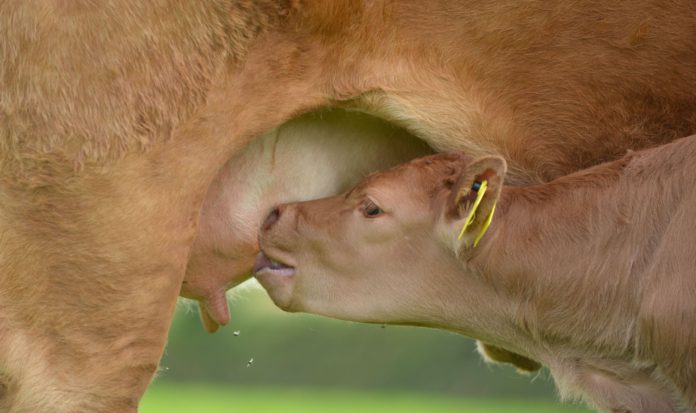The Individual Farmers Tractor Protest Group has outlined the “detrimental” impact the new proposed suckler cow scheme will have.
Under the Suckler Carbon Efficiency Programme, participants will not be able to increase numbers, except in exceptional circumstances.
The group revealed that it is “concerned” about such a move, which it views as a “national cull of the suckler herd via the back door after guarantees from all rural TDs that this would not happen”.
It highlighted its concerns in a submission to the Department of Agriculture, Food and the Marine.
Carbon emissions
The group believes suckler farms will become unviable if the DAFM puts a cap on the number of cows on the farm. “No other sector of society is being made cap production to reduce emissions.”
“The DAFM has no scientific proof that suckler cows add any extra emissions to the total carbon figures.”
Also, the group believes there is no “logical” reason for suckler farmers to be in the Bord Bia scheme to qualify for this suckler scheme as the state agency “does not control all meat sold in Ireland”.
Furthermore, it expressed that they believe the national carbon figures the government use are not accurate.
“They were compiled by Teagasc, who now admit that they are not accurate due to no carbon figure being subtracted from the total figure to allow for carbon sequenced on farms.”
“Teagasc claim that they do not have the research to prove the amount of carbon sequenced on farms. What research had Teagasc done to prove the total national figure for agriculture is accurate?”
“Teagasc came up with a total figure of 19 million tons but subtracted zero for carbon sequenced on farms. This proves that the figures are totally inaccurate. And there can be no cuts to livestock until these figures are corrected.”
Generational renewal and stocking rates
The group believes that under the cap proposed, there is “no option” for a young farmer to take over a suckler herd and expand numbers to make the farm viable.
“This scheme, in its present form, will put suckler farmers out of business with a lot of this land going to dairy production. This will lead to a huge increase in emissions as dairy farmers are stocking land at up to 4 cows per hectare.”
“The average suckler farmer is almost organic with a stocking rate of only 1 cow per hectare.”
Also, the group highlighted that the world beef market is growing fast for grass-fed beef with a very low carbon footprint.
“We are the world’s best country at producing grass-fed beef to fill this market. Our suckler herds in the west of Ireland graze these grasslands that are not suitable for any other type of farming, producing top-quality weanlings for the beef finishers on better land to finish.”
Economic contribution
“Without these suckler cows, the economy of these rural areas will be decimated. Farmers in these areas depend on suckler cows to provide them with a living.”
“Research proves that every euro given to a farmer in rural Ireland creates €6 in the local economy.”
“A cow producing a €1000 weanling is actually worth €6000/year to the local economy. Take out the cow, and the economy dies.”
“The majority of suckler farms are actually carbon sinks with carbon credits to sell. Worldwide research is proving this, with suckler farms in America now actually selling carbon credits.”
“However, for this to work, the grass has to be grazed regularly to complete the carbon cycle. The best animal to achieve this is the suckler cow.”
Concluding, the Individual Farmers Tractor Protest Group confirmed it “totally rejects” any cap or cut to the suckler herd. “We will take whatever actions deemed necessary to achieve and protect our livelihoods.”





